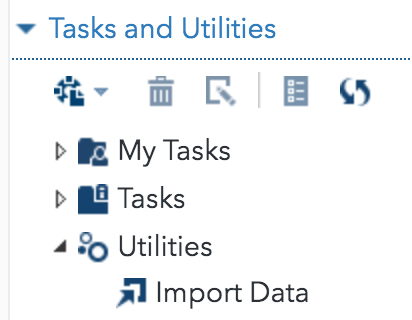The first things a statistical consultant needs to know
I’ll be speaking about being a statistical consultant at SAS Global Forum in D.C. in March/ April. While I will be talking a little bit about factor analysis, repeated measures ANOVA and logistic regression, that is the end of my talk. The first things a statistical consultant should know don’t have much to do with…
